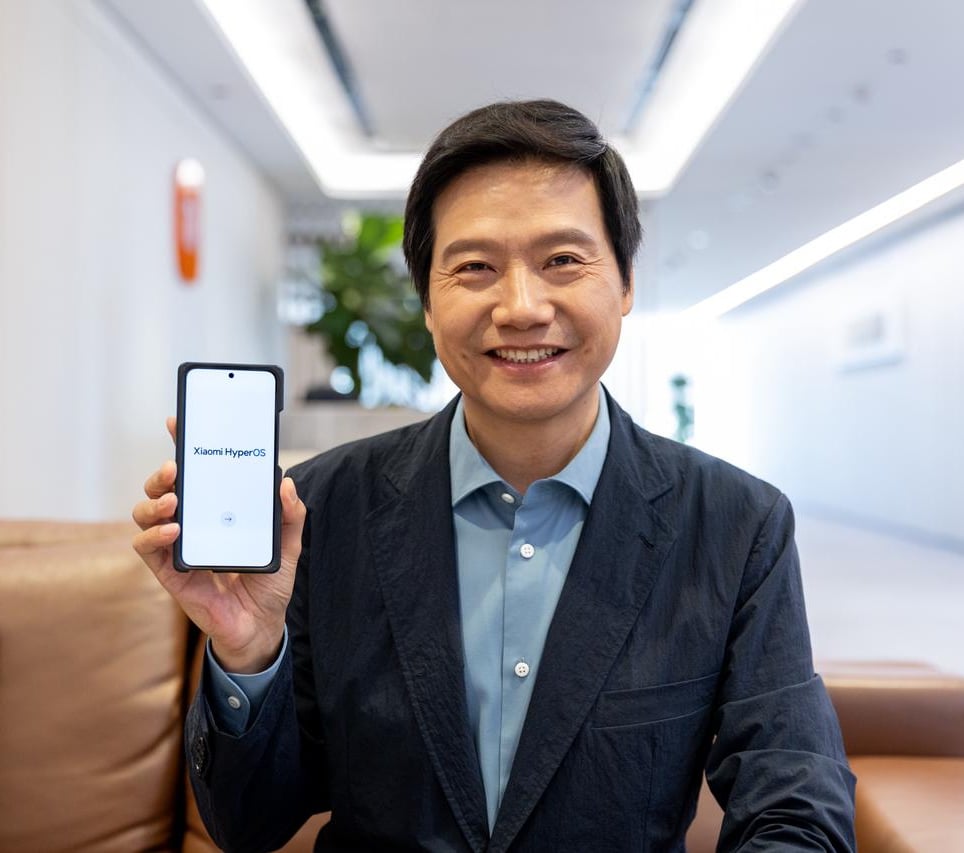In just a decade, Xiaomi has evolved from a smartphone disruptor into a global tech conglomerate. As it takes aim at the electric vehicle market, humanoid robotics, and advanced chip design, the company is laying the foundation for a new industrial order—one that is deeply integrated, price-aggressive, and increasingly influential across emerging markets, including Africa.
A decade ago, Xiaomi stunned the tech world by selling 2.1 million smartphones online in a single day—a Guinness World Record. In March 2024, the company achieved a new kind of milestone: 200,000 units of its debut electric vehicle, the SU7, were sold in under three minutes. The achievement sent a clear signal to global markets: Xiaomi is no longer just a consumer electronics player—it is an industrial power. Meanwhile, Apple officially scrapped its electric car project after ten years and billions in R&D. Where the West hesitates, China executes.
Now valued at over $190 billion, Xiaomi is already the third-largest smartphone brand globally, trailing only Apple and Samsung. But the company’s ambition extends far beyond phones. Xiaomi has built an expansive, vertically integrated ecosystem of smart devices—TVs, smartwatches, home appliances, electric scooters, and more—all seamlessly connected via its MIUI software layer. It’s not just about selling gadgets; it’s about engineering a lifestyle.
The company’s entry into the automotive sector isn’t experimental—it’s strategic. Xiaomi Auto, its EV division, has been capitalized with over $10 billion and operates with end-to-end control: in-house design, proprietary chipsets, operating systems, and full integration with the Xiaomi device ecosystem. The SU7 isn’t just a car—it’s an extension of the smartphone, a node in a larger connected universe. Where Tesla focuses on premium innovation, Xiaomi is democratizing intelligent mobility for the global middle class.

What sets Xiaomi apart is its physical expansion strategy. The company plans to open over 10,000 retail outlets worldwide, building deep distribution networks in markets often overlooked by competitors. Unlike Apple’s high-concept stores and premium-only positioning, Xiaomi favors ubiquity, affordability, and function over flash. It sells products that work, sync, and scale across multiple markets and income segments.
Africa is a central piece of this global vision. Present in over 40 African countries, Xiaomi has quickly captured significant market share by offering strong performance at unmatched price points. As smartphone adoption accelerates across the continent, Xiaomi is becoming the go-to brand for young, urban, tech-hungry consumers. It has stepped into the vacuum left by declining Huawei influence, and now leads in several key territories where digital infrastructure and connectivity are still maturing. With the rise of local fintech, e-commerce, and digital identity platforms, Xiaomi devices are not just tools—they’re enablers of the next African digital economy.
Looking ahead, it’s not inconceivable that Xiaomi’s electric vehicles—cheaper than Tesla, faster to market than Apple—will be rolling down the streets of Lagos, Nairobi, Casablanca, or Johannesburg. When they do, they will arrive not as luxury items, but as everyday machines for everyday people, seamlessly integrated into an affordable, user-centric tech ecosystem.
Xiaomi exemplifies a new kind of global industrial power: one that moves fast, integrates vertically, and scales in markets the West has often underestimated. Its rise challenges the legacy dominance of Western tech companies not only in hardware and innovation, but also in defining the experience of connected life. In doing so, Xiaomi is quietly redrawing the map of digital influence—and Africa is fast becoming a key battleground for this new soft-power race.



